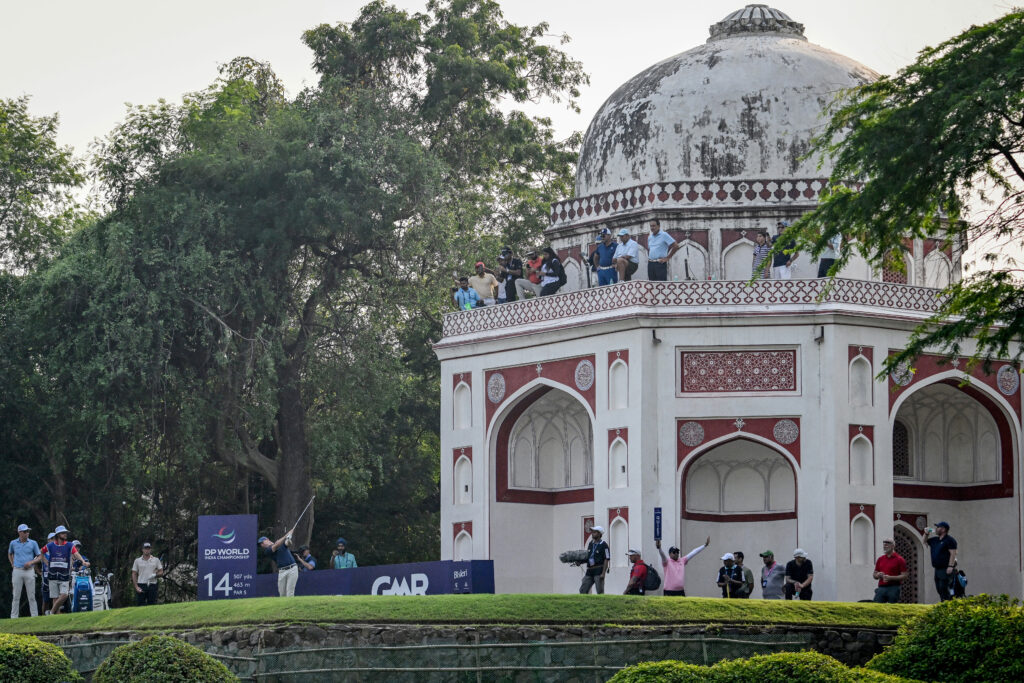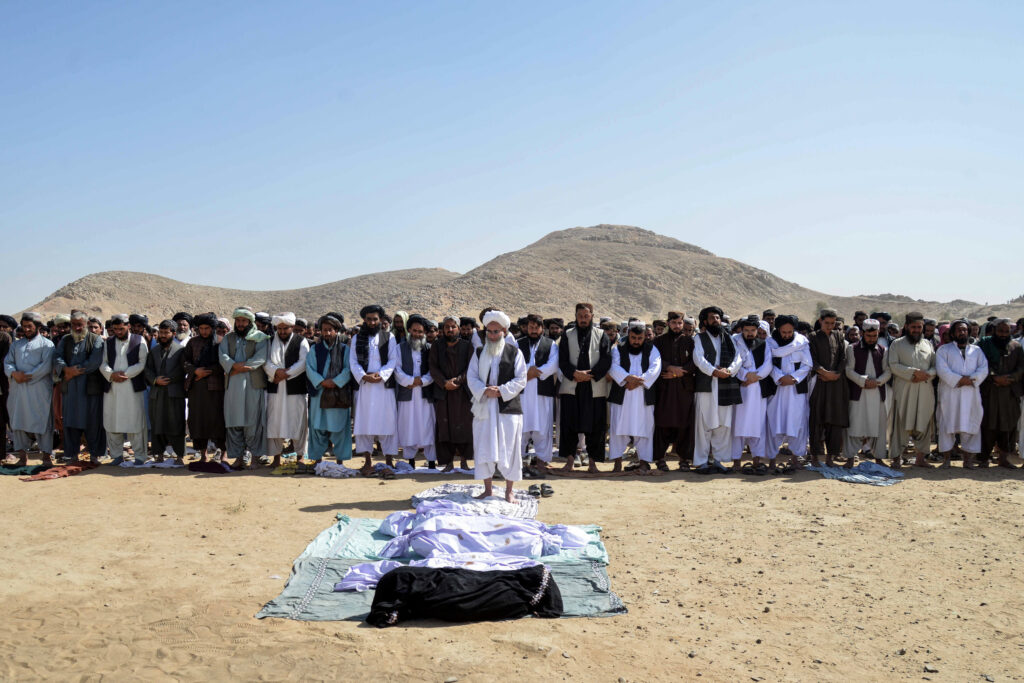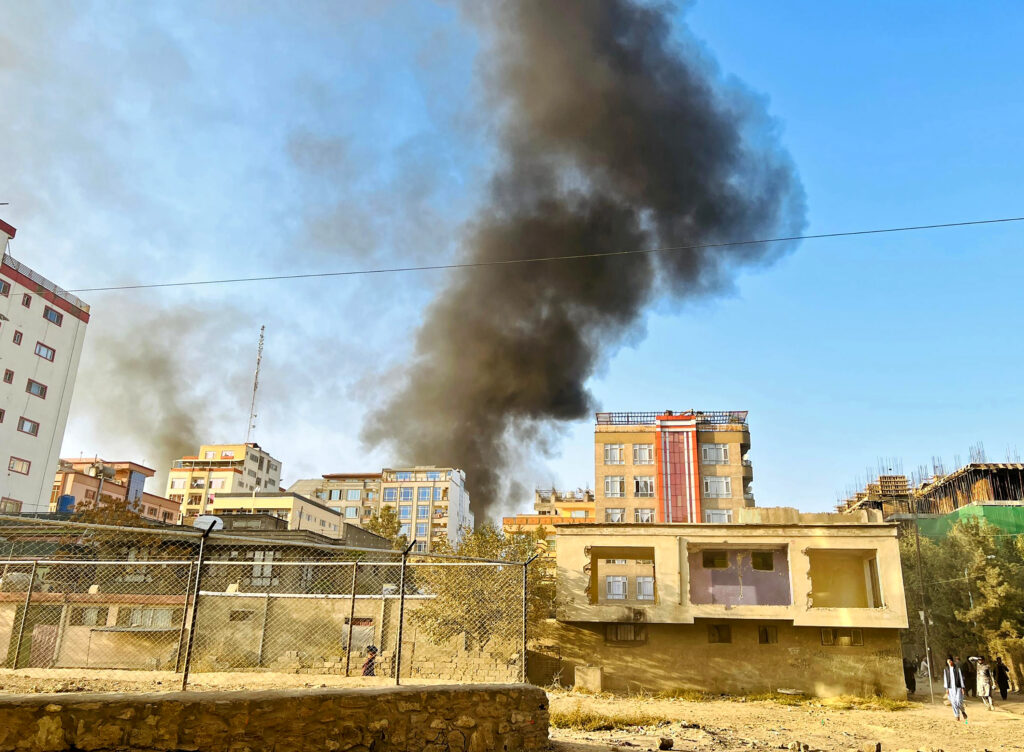Monuments, monkeys and McIlroy: India’s ‘special’ golf course
Rory McIlroy and centuries of history blended beautifully as the Ryder Cup winner tackled a “special” golf course this week in the Indian capital, teeming with wildlife and usually hidden from view.Nestled in the heart of New Delhi, a city of nearly 30 million people, Delhi Golf Club (DGC) is a green sanctuary steeped in history.Its lush fairways wind past centuries-old Mughal-domed tombs and weathered monuments, offering a surreal blend of elite sport and crumbling heritage.For most of the public, glimpsing this extraordinary mix — home to the 18-hole Lodhi Course and the nine-hole Peacock Course — is usually only possible by peering through its entrance gates.”I actually said to the boys on the 17th tee, it was hard to believe how old these buildings are, these monuments,” said McIlroy’s Ryder Cup teammate Shane Lowry, who led after the opening round of the DP World India Championship on Thursday with an eight-under-par 64.”It’s pretty cool.”On the course, elaborate tombs of the city’s past rulers poke through tangled trees that are home to peacocks, troops of monkeys and mongooses.”It’s really, really special,” said Tommy Fleetwood, another Ryder Cup hero from Team Europe, returning to the venue for the first time since 2016.”Golf around the world is so cool, getting to explore different places, different courses, different histories wherever we are,” he added.”This is one of those really cool places.”- ‘Age of glory’ -The inaugural $4 million India Championship, which concludes on Sunday, has attracted a stellar field.Prime among them is five-time major winner McIlroy, who is making his debut in India.Kapil Dev, president of the Professional Golf Tour of India, has called the tournament “a landmark moment for Indian golf”.Central to that is the DGC, which was founded in the 1930s and later reshaped by British planners.Club history recounts how colonial officers, after the capital of British-ruled India shifted to Delhi, pushed through the forests using elephants to map the course through the overgrown ruins.The tight, tree-lined fairways interweave with a treasure trove of archaeological remnants.More than a dozen historical monuments dot the course, including the striking 17th-century Lal Bangla tombs and others of the 15th century Lodhi dynasty.”Tee off on a trail of history,” the club history purrs.”Here lie the end of dynasties, the relics of mighty empires, ruins which bear testimony to an age of glory.”Club president Raj Khosla spoke about the “magnificent scenic beauty” and “uniqueness of a wonderful course” interweaved with monuments.Swedish golfer Simon Forsstrom, pausing on the 14th tee to admire a red sandstone tomb behind him — a miniature echo of the Taj Mahal — was equally impressed.”I think this is the only one with old monuments that are historic. I haven’t seen these at any other course,” he told AFP.”You stand up high next to the monument, it’s a fun experience.”For all its grandeur, the DGC is not India’s oldest course.That distinction belongs to the 18-hole Royal Calcutta Golf Club, founded in 1829 and reputed to be the oldest outside Britain.







